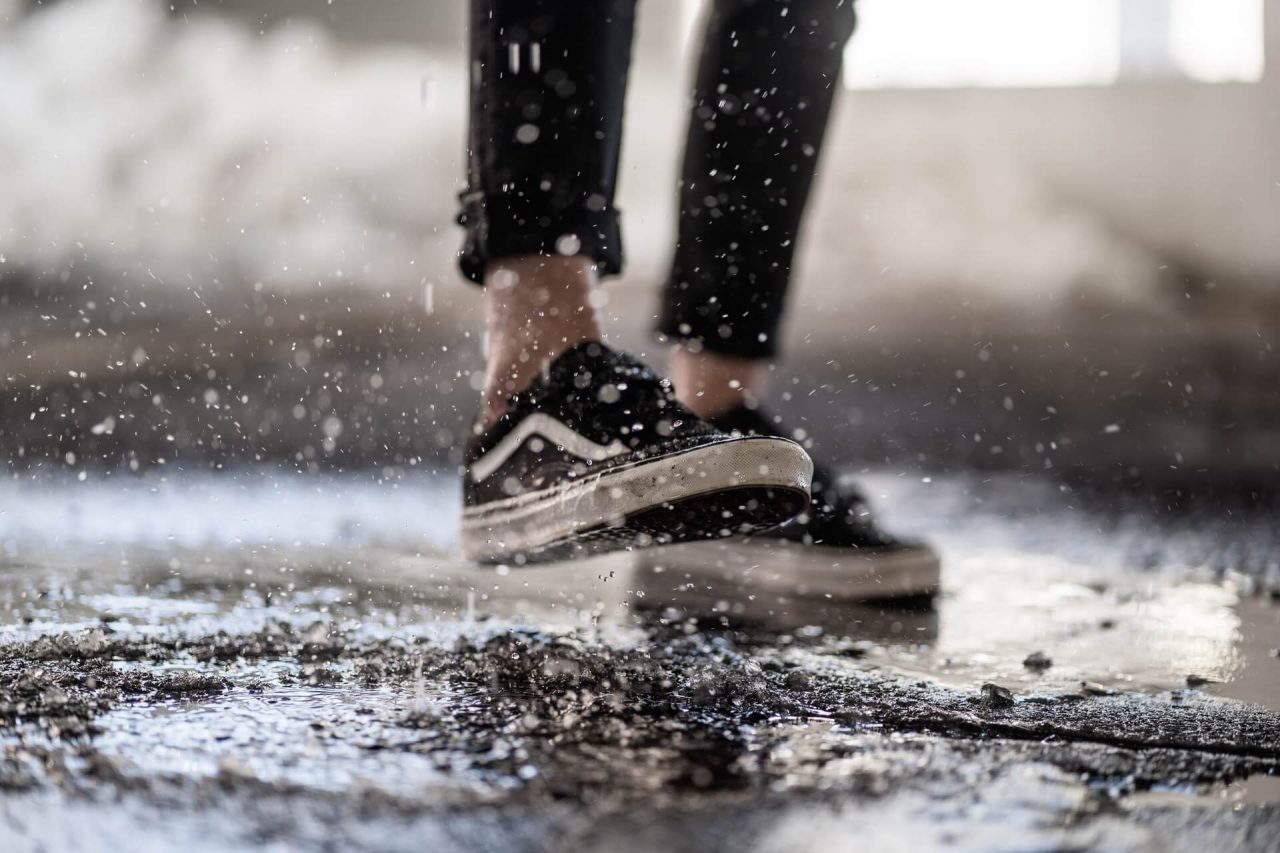Many people, some avid runners even, may find trails intimidating at first. Although most runners start their running journey on paved roads, in our DNA, we were all once trail runners. Trails can rekindle a lost connection with nature and provide a sense of freedom that we sometimes lack from running on the road.
Trails are footpaths that are mostly unpaved, which means that they require slightly different running techniques and preparation. Let’s have a look at some trail running basics and the best practices to teach you how to trail run and conquer these terrains like a pro.
Start Slowly
What has perhaps become a cliché among trail running tips, but that truly still stands for any beginner, in any type of sport, is to start slowly and give it some time. Trails can be unforgiving if not approached carefully and one step at a time. They also work your muscles differently from running on completely flat surfaces, as you may have to jump, run uphill, downhill, and dodge obstacles. Therefore, the smart thing to do is start slow, run shorter distances, and choose slightly flatter trails first if you are completely new to this terrain. You can gradually work towards more challenging trails as you progress.
Shorten Your Stride
Besides other necessary adjustments, the uneven surfaces of trails require a different technique when it comes to stride as well. Instead of long and powerful steps, opt for a quick and short stride. This should help you keep your weight over your feet, which will in turn keep you agile and help maintain your balance. With shorter strides, you can quickly dodge obstacles and prevent yourself from getting injured.
Use Your Arms
Your arms are a powerful tool to navigate trails, especially in more technical terrains such as mountainous trails or hills. Your shoulders should be in a neutral and relaxed position so you don’t compromise your running form, however, use your arms to your advantage to help you build momentum. Swing your arms along the side of your torso, to aid your body power through a particularly difficult trail, and to maintain balance.
Watch Out for Obstacles
Natural routes offer the perfect environment for an untamed and adventurous run, but they can also be a place of many obstacles. It is crucial to always look ahead of you and scan 10 to 15 feet forwards, so you can know what’s coming and adjust your steps accordingly. Especially if you are going too fast. Be careful of rocks, mud, roots, and any other obstacles that may cause you to slip or trip and fall.
Switch to Power Walking
An important tip of trail running for beginners, especially for those that thrive in competition, is to leave your ego aside. Trail running is a form of running that requires slowing down and evaluating when a certain path is dangerous or harder to run in. If a hill is too steep and technical, you should always consider switching to power walking and hiking, as this will not only help you maintain your balance but will also conserve energy so you can run fast on flatter surfaces during your run.
Don’t Compare Your Pace
When we said to leave your ego aside, we meant your pace too. While speeding up when the terrain is right is certainly an exciting feeling and an adrenaline boost, trying to maintain a certain pace during your run on trails is almost impossible. Here, contrary to running on roads, the terrain will dictate your speed. Instead of constantly comparing your pace to your regular runs on the road or any past run, keep in mind that each trail is different, so just go with the flow and let your feet move instinctively.
Dress Appropriately
The weather can sometimes play tricks on us, which can be a slight disadvantage if we are not dressed properly, especially on trails where we are away from home. With this in mind, it is important to check the weather conditions ahead of time and dress accordingly.
Depending on the weather, choose layers that are comfortable and will help regulate your body temperature. If you are running on a snowy or rainy day, consider waterproof jackets and a hat to shield your head. Invest in clothing made out of moisture-wicking materials and that are breathable, so you don’t get overheated.
The weather can cause a sudden change in the trail’s surfaces as well, which leads us to our next tip:
Invest in the Right Shoes
The irregular, rocky, or muddy surfaces of trails have inspired shoe manufacturers to create a specific shoe made to support runners in this terrain. That is why you will find running shoes made specifically for trails, which are slightly different from regular running shoes.
Trail shoes are usually made from thicker materials, especially in the uppers and soles. Typically, the soles will have lugs and teeth and will be of thicker rubber that offers traction so you don’t slip in muddy and rocky terrain. These shoes can be particularly useful in winter conditions, due to the increased traction they provide.
Run with a Friend
If you are one to worry about safety, or perhaps need the extra motivation that comes with having someone to run with, then invite a friend to accompany you on your next trail run. Or, if you have a dog, take them with you; they will surely enjoy the trail just as much as you will. Having a running buddy can help you feel safer and reassured, especially when it comes to running in unfamiliar terrains.
Stay Safe
Besides having a running buddy, there are many ways to ensure a safer run when on the trail. Primarily, you can research your route beforehand so you know what to expect and get more or less familiar with it. For increased safety, opt for routes that are frequented by other runners as well. To find these you can ask local running clubs or through browser features such as Strava’s Global Heatmap, where you can see which routes are frequented most often.
Speaking of running apps, they can be a very useful companion when it comes to trail running. Most have built-in GPS tracking that will keep track of your location and navigate you throughout your run. Moreover, some even have safety features that allow you to share your location with a family member or a friend, so they know where you are in case of an emergency.
Be Mindful of Trail Etiquette
It is crucial to understand that trails are natural treasures that we must protect at all times, as well as make sure that they are a welcoming environment for all. This emphasizes the importance of following the ‘unwritten rules’ of trails, such as not littering, sharing the trail respectfully by yielding and making room for other runners and bikers, especially if you are going downhill.
Now, you are informed and ready to (carefully) let loose on what is going to be an exhilarating outdoor adventure. With some preparations, the right running gear, and safety precautions, trails will surely make an athlete out of you, even as a beginner.





